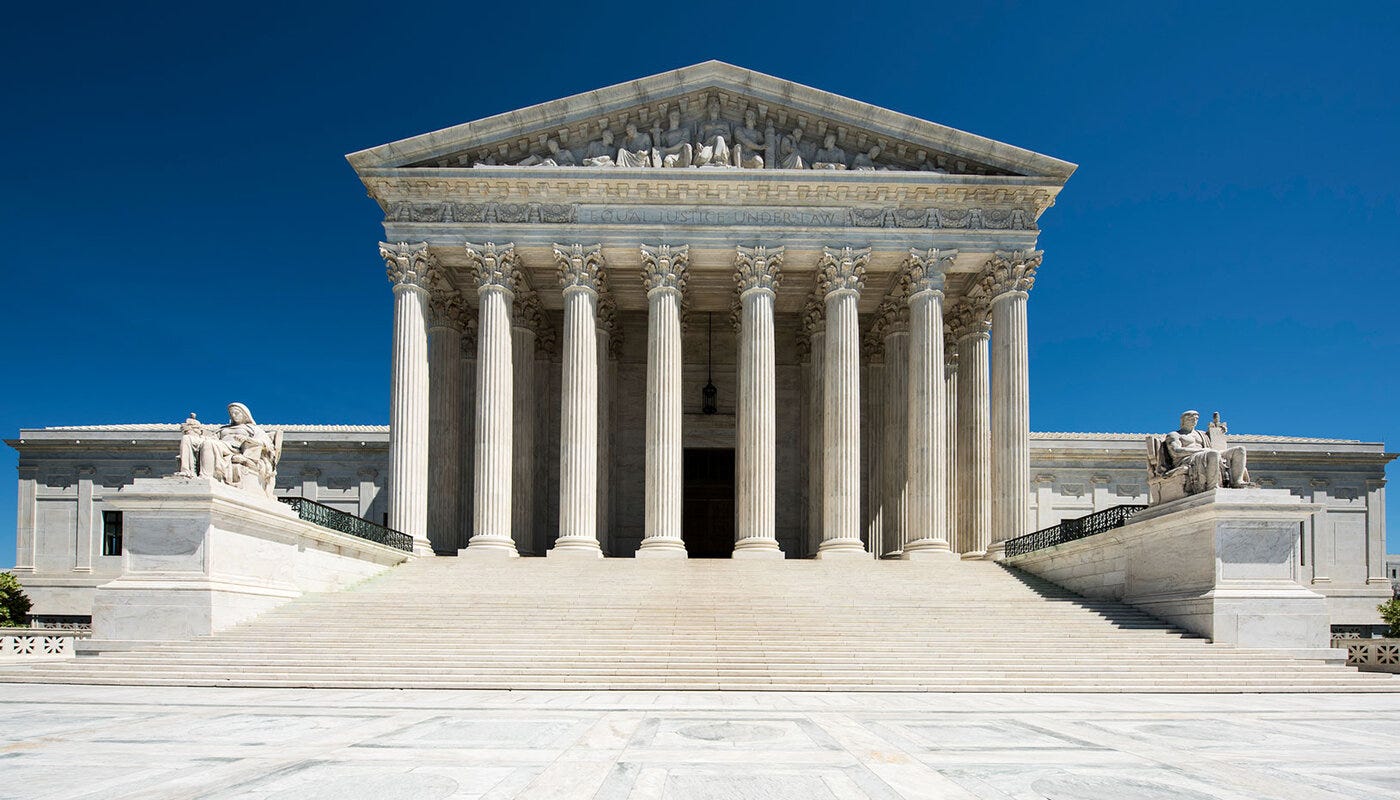When I go around the country speaking about my recent book on the Supreme Court’s lurch to the right, The Supermajority, something striking happens. Audiences listen intently (I’m grateful!). They nod. Sometimes they even laugh. But when I mention a solution — an 18-year term limit for Supreme Court justices — they interrupt with surprising applause. Finally, you can hear them thinking, something to do that makes sense.
A bunch of liberal bookworms out on an autumn night? Actually, their reaction reflects a durable, powerful consensus. Term limits turn out to be popular with conservatives and progressives, Democrats, Republicans, and independents. They are reclaiming a long tradition in which the political system properly debates how to hold to account the very, very unaccountable Court. And later this week, members of the Senate Judiciary Committee will introduce legislation to enact term limits. It’s a big moment in the fight for reform.
In July, the Brennan Center and Benenson Strategy Group polled 808 likely voters about their attitudes toward the Supreme Court and their support for reform. What we found was the nearest thing to consensus you can expect in a hyperpolarized era.
More than three-quarters of participants favored a code of ethics for the justices, including 72 percent of independents and 58 percent of Republicans. Sixty-nine percent supported imposing an 18-year term limit on Supreme Court justices, including 58 percent of independents and 48 percent of Republicans. The public appetite for reform is strong and bipartisan. (Court-packing was the only of the three reforms that did not garner majority support, reflecting the persistent taboo dating from the Franklin D. Roosevelt era.)
Our leaders are clearly trailing public opinion on Supreme Court reform, but I’m hopeful that the era of cowering before the Court is coming to an end.
The justices are — perhaps unwittingly — doing their part to put Court reform back on the table. The Court’s conservative supermajority has trampled long-settled precedents such as Roe v. Wade. It has forced an unrecognizable reading of the Second Amendment onto a country already reeling from gun violence. And it’s tried to install originalism as the only way to understand the Constitution. This Court’s jurisprudence is about as far from judicial restraint as it has been in at least a century. To make matters worse, some of the justices have flouted plain ethical norms. And their shrugging response to the uproar suggests indifference to the views of the American people.
Meaningful reform is finally peeking over the political parapet. Rep. Hank Johnson (D) of Georgia has introduced a bill to impose term limits on the justices. Sen. Sheldon Whitehouse (D) of Rhode Island, the author of a new book on how dark money transformed the Supreme Court, appeared at a Brennan Center event last week to discuss reform. His own term limits bill is expected to be introduced this week. The Senate Judiciary Committee has already approved a bill to require the Court to adopt a code of ethics.
It will be a long road. Conservatives fought for decades to win their hard-right majority on the Court. Even if their constituents crave reform, they (and their donors) will resist anything that threatens the status quo. But big change rarely happens quickly. This is the beginning of a very important, and long overdue, national conversation.
IMAGE: JPecha/Getty





What changes to America’s courts do MAGA Republicans envision in their 2025 plan? They are planning to further empower the Executive branch and gut the Federal workforce. Any idea what they plan for the courts?